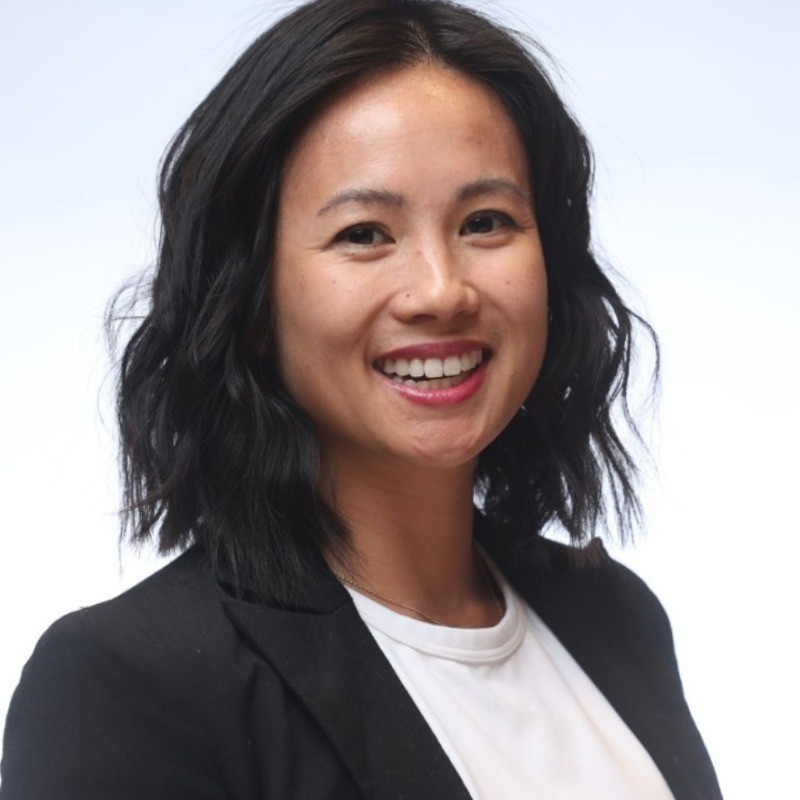Op-Ed: Can hope really be a strategy for systemic change?

I’ve been tired lately.
I’m not sure if you’ve felt the same, but it seems a collective exhaustion has settled in. The kind that comes from watching the things you care about get torn apart, reassembled, and threatened again. The kind that seeps into your work, your conversations, and even your optimism.
If you’re reading this, I’m guessing you’ve felt it too.
I don’t need to list the latest headlines or detail U.S.-led trade wars and funding cuts. We know. It’s worrisome and draining. I used to believe that if we worked harder—built the right partnerships, crafted the perfect theory of change—we could hold the line. Lately? I’ve had moments where I wasn’t so sure.
The news is relentless. Leadership is uncertain. And for those of us in the social purpose sector, we’re not just observing—we’re in it. Every day. I’ve seen brilliant people burn out and leave. I’ve seen heart-fueled projects shelved. I’ve asked myself: Is this still working? Are we still making a difference?
That’s when apathy starts whispering: Maybe it’s too much. Maybe backing off is survival, not surrender.
But the truth is, we can’t afford to let apathy take root.
Apathy is a slow poison. It convinces us we’re powerless when we’re not. I don’t want to live like that—and I don’t think we were meant to.
At a number of social impact events and conferences I’ve been to in the past year, one thing was clear: hope isn’t soft. It isn’t toxic positivity. Hope is a tool. A strategy. A muscle we build together—for resilience, for action, for community. But it requires work: partnerships, shared learning, and perhaps most of all, community support.
We forget that people built these systems, and people can change them. And across the country, that change is already happening. Here’s what that hope looks like in action.
Hope in Inclusive Action: Participatory health care research
In Canadian healthcare, patients are often treated as data points, not decision-makers. However, meaningful systems change begins when those most affected are co-creators, not just consulted. That’s the shift Linxi Mytkolli, Director of Patient Engagement at Diabetes Canada, and her team are making.
Through a virtual pilot under Diabetes Action Canada’s patient-oriented research strategy, they built a first-of-its-kind model paying patient advocates as equal partners in research. Participants were trained in science communication and paired with mentors.
Together, they turned complex data into accessible, community-rooted tools—from guides to hands-on workshops.
This wasn’t about simplifying science. It was about shifting power: from institution to individual. This pilot showed how co-ownership can move things faster in a system where policy change can take 17 years.
Hope in Decolonial Action: Restoring leadership through language and land
Systems change isn’t just about policies or funding. It’s about how people relate to themselves, their cultures, and their communities. IndigenEYEZ is rebuilding leadership from the inside out—through Indigenous knowledge, land-based practice, and cultural connection.
Their immersive programs combine facilitation, land-based learning, and intergenerational mentorship to support unlearning colonial mindsets and rebuilding identity. These personal shifts influence how participants lead, organize, and drive systemic change.
It’s not easy work. It requires sitting with discomfort—asking whose voices are missing, and reshaping power structures so lived experience isn’t just included, but centered.
As IndigenEYEZ Program Director Kelly Terbasket puts it: “When we shift our language, we shift our stories. And when we shift our stories, we reclaim our power to build a hopeful, inclusive, and resilient social economy.”
Hope in Influential Action: Redirecting narrative power
Too often, funding goes to organizations that speak for communities—not with them. But we can shift capital toward ownership and community healing at the same time.
Surabhi Jain, then-Executive Director of the Workforce Funder Collaborative, partnered with The Philanthropist to launch a 2023 fellowship for Indigenous and Black writers aged 18–30. The goal: amplify voices on the future of work. The result: lived experience at the forefront of journalism and systems insight.
“The reason we did this,” said Jain, “was to bring voices to light that are too often spoken for by others.”
Canada Life’s Transformation Storytelling Fellowship takes a similar approach—supporting young changemakers in shaping systems change by telling their own equity-centered stories. Kat Cadungog, the 2025 Fellow, said it best: this is about questioning the “business as usual” mindset.
Hope in Community Action: Regenerating land—and hope—in the Sahel
Sometimes, systems change is profoundly simple.
In Niger, as part of the Great Green Wall initiative, five villages restored nearly five square miles of land using a low-tech solution: the “half moon” technique—crescent-shaped basins dug by hand to catch scarce rainwater. They planted 500 trees, spread 20 tonnes of grass seed, and restored soil. Half a million people now feed themselves—because communities led the work.
As Aaron McRann of the Community Foundation of the South Okanagan Similkameen reflected: What if local people had the power to fix what matters, without waiting for a billionaire’s solution?
Don’t Let Apathy Rob You of Hope
These stories—from Mytkolli, Terbasket, Jain, Cadungog, McRann—are reminders. Apathy may be tempting, but it’s not our path. We’re not a fragile sector. We are builders, protectors, and innovators of stability.
Canada’s rallying cry—elbows up—is more than resistance. Like Pete Bombaci of GenWell said at Future of Good’s recent Changemaker Wellbeing Summit: “Elbows up, but heads up, too.”
So you can see who’s beside you, and what’s still possible.
Editor’s note: This is an abridged version of the original post. Find the full version on Purppl.com.


